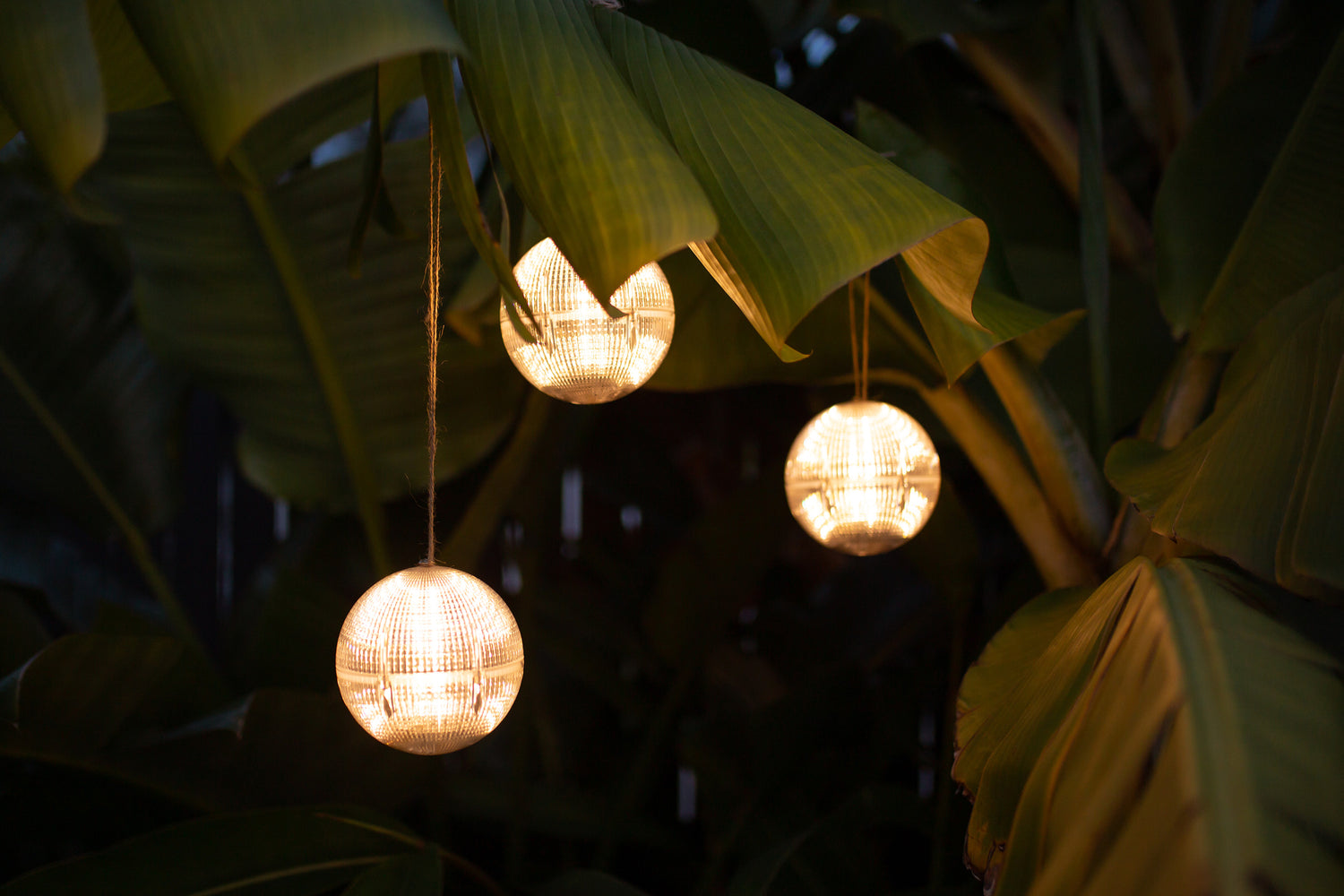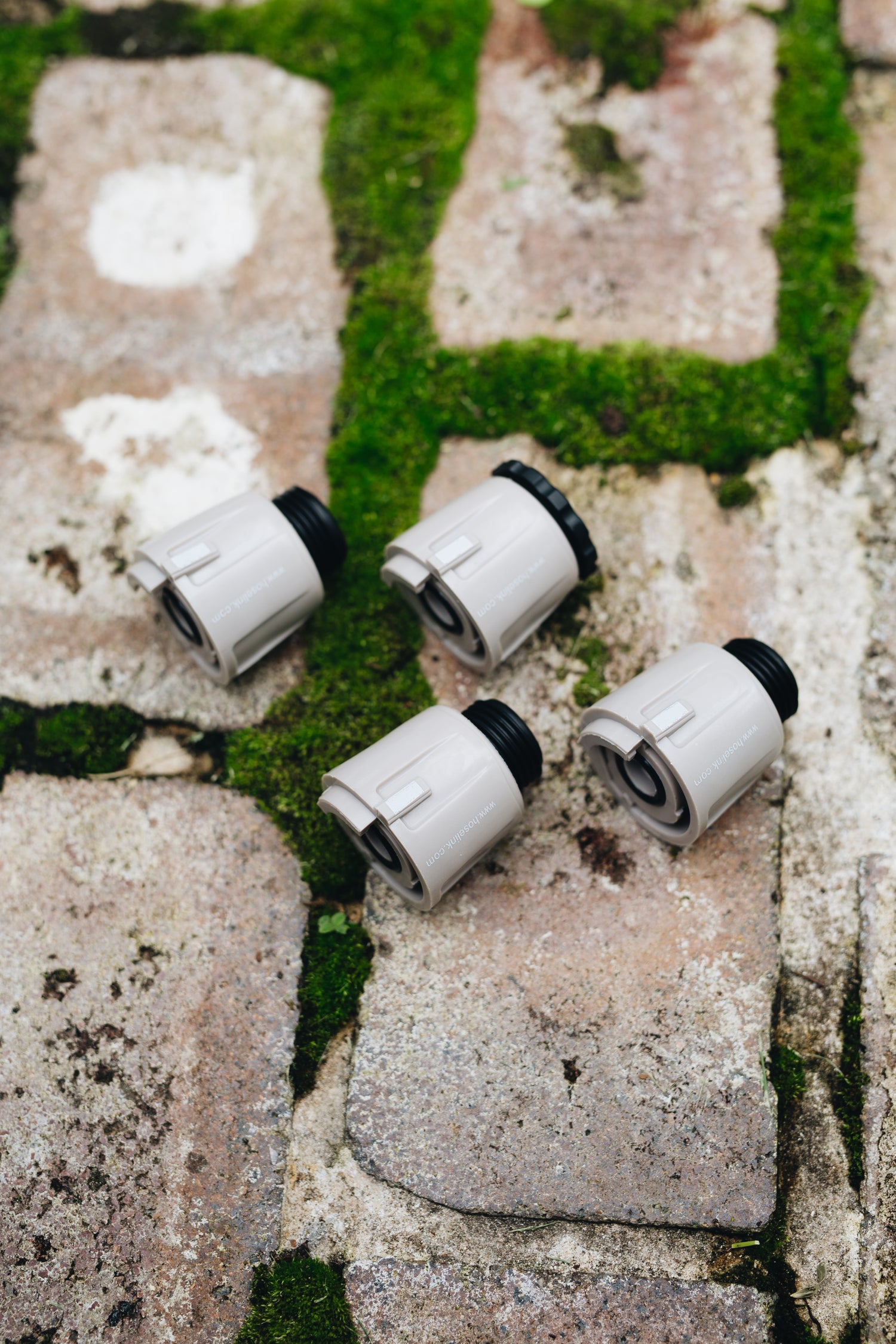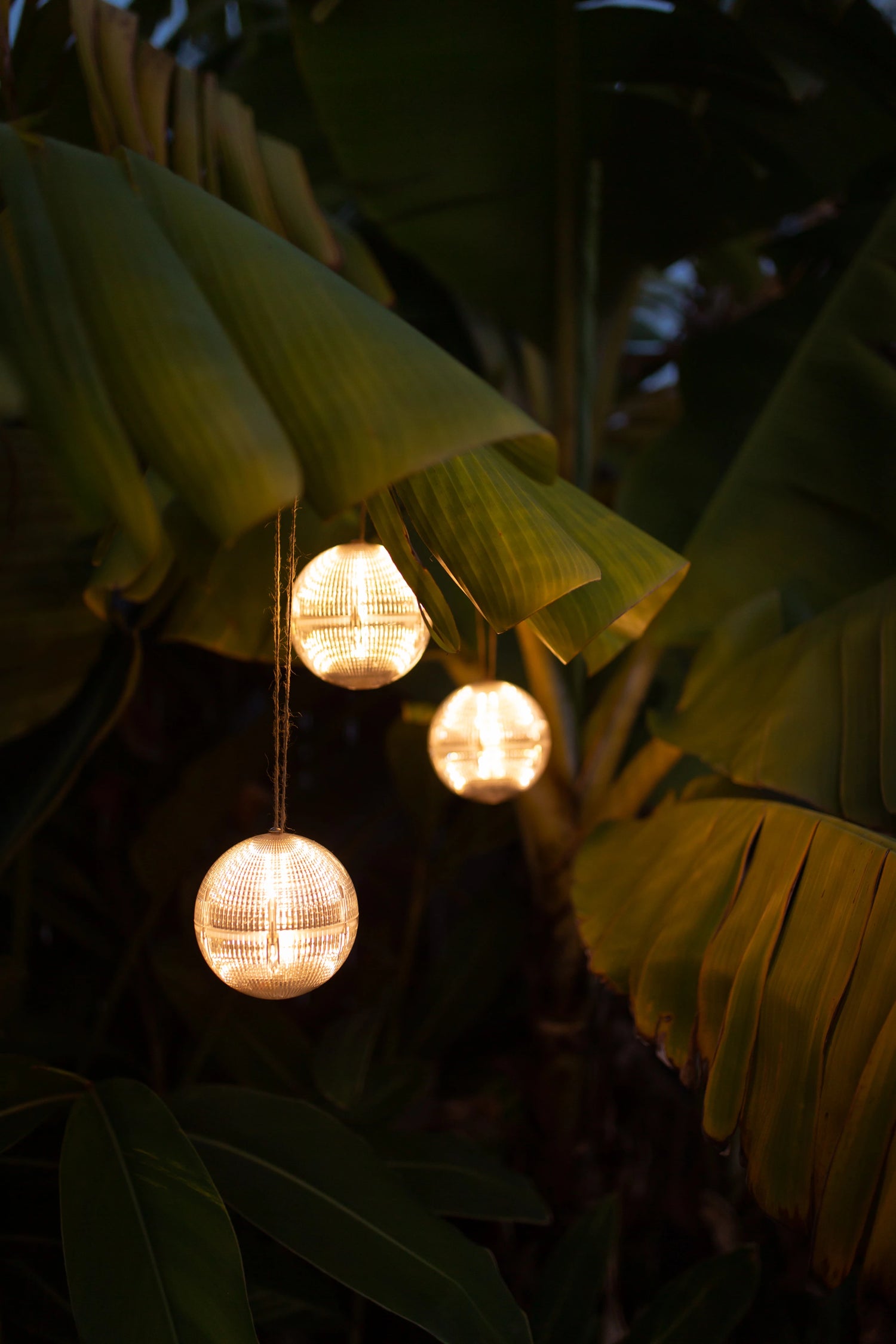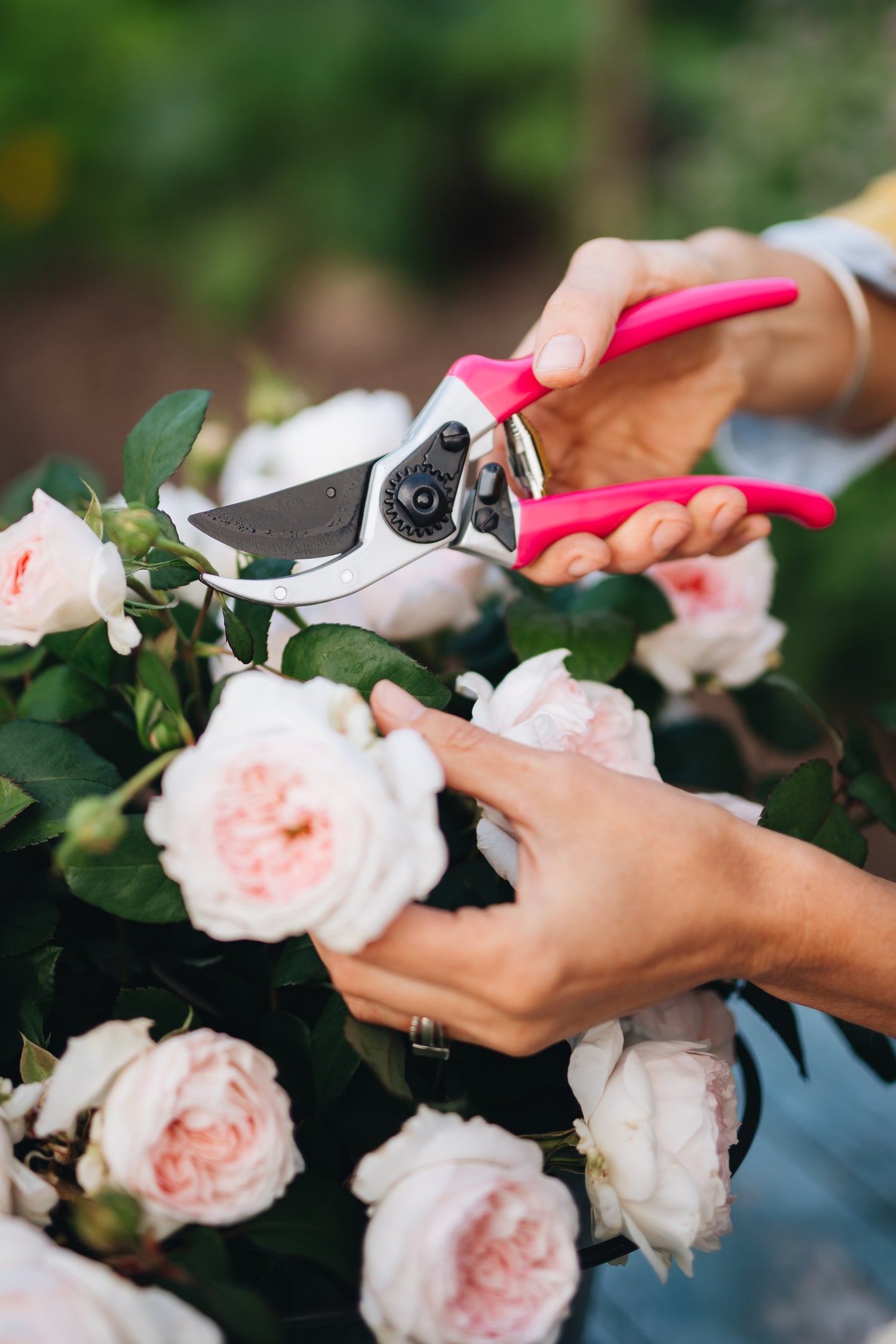It’s peak garden season, and your plants are thriving—but suddenly, you’re swimming in zucchinis and drowning in tomatoes. While a bountiful harvest is a great problem to have, it can be overwhelming. Instead of letting that beautiful produce go to waste, it’s time to get strategic about preserving and using it. Whether you’re freezing, pickling, baking, or blending, this guide will help you make the most of every tomato, cucumber, strawberry, zucchini, herb, corn, green bean, and carrot your garden gives you.

Know When to Harvest for Best Storage
The first step to successful preservation is harvesting at the right time. Produce that’s overripe or underripe won’t store as well or taste as good. Here are a few tips:
-
Zucchini: Harvest when they’re 6–8 inches long for best texture and flavor.
-
Tomatoes: Pick when fully colored and slightly soft. Let them ripen indoors if picked early.
-
Cucumbers: Best when firm and medium-sized. Overripe cucumbers can be bitter and full of seeds.
-
Strawberries: Harvest when fully red and plump. They don’t ripen after picking, so timing is key.
-
Herbs: Harvest in the morning when oils are most concentrated. Snip before flowering for best flavor.
-
Corn: Pick when the silk turns brown and the kernels are full and milky.
-
Green Beans: Harvest when beans are firm, smooth, and snap easily.
-
Carrots: Pull when roots are about 3/4 to 1 inch thick and bright orange.

Storage Basics: What Goes Where and How Long It Lasts
Proper storage can extend the life of your produce long enough to eat fresh or preserve further.
Refrigeration & Short-Term Storage
-
Zucchini and Cucumbers: Store unwashed in the crisper drawer. Use within a week.
-
Tomatoes: Keep at room temperature until ripe. Only refrigerate fully ripe tomatoes.
-
Strawberries: Refrigerate unwashed in a breathable container. Use within 3–5 days.
-
Fresh Herbs: Place stems in a jar of water with a plastic bag loosely covering the top. Store in the fridge and change the water every few days
-
Green Beans: Store in a perforated bag in the refrigerator. Use within a week.
-
Carrots: Remove tops, store in a plastic bag in the crisper. Lasts 2–3 weeks.
-
Corn: Keep husks on and refrigerate in a plastic bag. Use within 2–3 days for best flavor.
Freezing
-
Zucchini: Grate and squeeze out moisture. Freeze flat in bags—perfect for baking.
-
Tomatoes: Blanch, peel, and freeze whole or chopped for sauces and soups.
-
Strawberries: Hull and freeze individually on a tray before bagging.
-
Herbs: Chop and mix with olive oil, then freeze in ice cube trays for quick flavor boosts in soups, sauces, or sautés.
-
Green Beans: Blanch for 2–3 minutes, cool, and freeze.
-
Corn: Blanch on the cob, then slice off kernels and freeze.
-
Carrots: Slice or dice, blanch for 2–3 minutes, then freeze.
Drying/Dehydrating
Drying is one of the oldest and simplest ways to preserve food, especially herbs, fruits, and certain vegetables. To dry your harvest, you can air-dry small items like herbs by tying them in bundles and hanging them upside down in a warm, dry, and well-ventilated space
For more efficient drying or larger batches, a food dehydrator is a great investment—it provides consistent low heat and airflow, ideal for drying fruit slices, tomatoes, or even zucchini chips. You can also use your oven set to a low temperature (typically around 140°F) with the door slightly ajar to allow moisture to escape.
Whichever method you choose, make sure your produce is clean and cut into uniform pieces to ensure even drying. See below for ways to dry or dehydrate specific produce.
-
Tomatoes: Slice and dry in the sun, oven, or dehydrator. Store in olive oil or airtight jars.
-
Herbs (Basil, Thyme, Parsley, Dill, Oregano): Hang bunches upside-down in a cool, dry area out of sunlight. Once brittle, crumble and store in airtight jars. Alternatively, use a dehydrator for faster drying.
-
Carrots: Thinly slice and dehydrate. Rehydrate later for soups and stews.

Canning & Pickling
Canning and pickling are time-tested methods that lock in flavor and extend the life of your garden bounty for months. Water bath canning is ideal for high-acid foods like tomatoes, fruits, jams, and pickles. You'll need canning jars with lids, a large stockpot or water bath canner, and basic tools like a jar lifter and funnel. For low-acid foods (like beans or corn), a pressure canner is necessary to safely prevent spoilage.
If you're short on time, quick pickling is a fast and easy alternative—just simmer vinegar, water, salt, and spices, then pour the hot brine over vegetables in sterilized jars. Whether you're preserving tomatoes for sauces or cucumbers for crunchy dill pickles, canning is a rewarding way to enjoy your harvest year-round.
-
Tomatoes: Turn into sauces, salsas, or whole peeled tomatoes for shelf-stable storage.
-
Cucumbers: Pickle with vinegar, dill, and garlic for classic crunch. Always follow safe canning practices.
-
Herbs in Vinegar or Oil: Infuse herbs like basil or oregano in vinegar or oil for flavorful pantry staples. (Note: store oil infusions in the fridge and use within 1–2 weeks to prevent botulism.)
-
Green Beans: Pickle for crunchy dill beans or pressure can for long-term storage.
-
Carrots: Can as slices or pickle with ginger, garlic, or herbs.
-
Corn: Pressure can kernels with a bit of salt.

Recipes That Use Up a Lot of Produce
Sometimes the best preservation method is simply to cook and enjoy. These recipes help you use a large amount of produce at once—with the bonus of being freezer-friendly or perfect for gifting.
Zucchini Bread or Muffins
Grate and freeze zucchini in 2-cup portions, then bake into loaves or muffins all year. Here’s a classic recipe:
Ingredients:
-
2 cups grated zucchini
-
3/4 cup sugar
-
1/2 cup vegetable oil
-
2 eggs
-
1 tsp vanilla extract
-
1 1/2 cups all-purpose flour
-
1/2 tsp baking soda
-
1/2 tsp baking powder
-
1/2 tsp cinnamon
-
1/4 tsp salt
Instructions:
-
Preheat oven to 350°F.
-
Mix wet ingredients and zucchini in one bowl.
-
In a separate bowl, combine dry ingredients.
-
Mix everything together and pour into a greased loaf pan.
-
Bake 50–60 minutes or until a toothpick comes out clean.
Garden Fresh Salsa
Make a large batch of salsa with your extra tomatoes and freeze or can the rest.
Ingredients:
-
6 cups chopped tomatoes
-
1 cup diced onion
-
1/2 cup chopped cilantro
-
3 cloves garlic, minced
-
1 jalapeño, chopped (optional)
-
2 tbsp lime juice
-
Salt to taste
Mix all ingredients together and chill for 2 hours before serving. Adjust spice level to taste.
Strawberry Jam (Freezer Version)
Ingredients:
-
4 cups crushed strawberries
-
1 1/2 cups sugar
-
1 package no-cook fruit pectin
Instructions:
-
Mix pectin with sugar in a bowl.
-
Add to crushed berries and stir for 3 minutes.
-
Pour into clean containers and freeze.

Roasted Tomato Sauce
Ingredients:
-
4 lbs tomatoes (Roma or cherry), halved
-
1 onion, chopped
-
6 cloves garlic
-
1/4 cup olive oil
-
Salt, pepper, and herbs to taste (try oregano, thyme, or basil)
Instructions:
-
Roast tomatoes, onion, and garlic in the oven at 400°F for 30–40 minutes.
-
Blend everything into a smooth sauce. To do this you can use a blender or food processor.
-
Freeze the excess in glass jars or zip-top bags. Be sure to label the sauce with what it is and the freeze date!

Corn Fritters
Ingredients:
-
2 cups corn kernels (fresh or frozen)
-
2 eggs
-
1/2 cup flour
-
1/4 cup milk
-
Salt, pepper, and herbs to taste
Instructions:
-
Mix all ingredients together.
-
Scoop ¼ cup of the mix in a pan with hot oil and fry until golden on both sides.
Bonus Ideas for Overflow
Still have more than you can handle? Try these quick ideas:
Infused Ice Cubes: Freeze mint, strawberries, or cucumber slices in ice cube trays with water for refreshing summer drinks.
Fermentation: Make probiotic-rich ferments with cucumbers or shredded zucchini. All you need is salt, water, and time. Store in jars with loose lids at room temperature for a week, then refrigerate.
Herb Butter or Pesto: Blend soft herbs like basil, parsley, or dill with butter or olive oil and freeze in logs or cubes. Use to finish vegetables, grilled meats, or pasta.
Donate or Share: Check with local food banks or community fridges to see if they accept fresh produce.

Final Thoughts
Preserving your harvest is more than just practical—it's a way to savor your garden's flavors long after the season ends. Whether you're freezing strawberries, canning tomato sauce, drying oregano, or blending up basil pesto, your summer abundance can brighten your plate all year long. With the right methods and a little creativity, nothing from your garden will go to waste. Happy harvesting!











